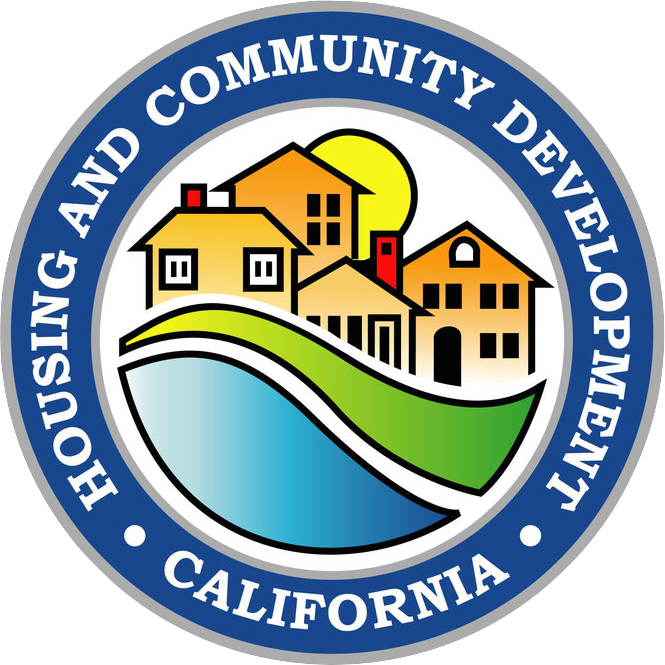Before you begin the environmental review process you need to define the project. This sounds easy, but it is important to understand the proposed project scope in its entirety and include all potential activities that could be part of the project. According to federal regulations, the project description should include all phases or all known work anticipated in the next three to five years. You must group together and evaluate as a single project all individual activities which are related geographically or functionally or are logical parts of a composite action. Additional details on project aggregation can be found at 24 CFR 58.32.
Your project description (PDF) should include the following details:
- The project’s exact location,
- Site existing conditions including current buildings,
- The size of the site parcels,
- Proposed changes to structures/land,
- Beneficiaries (numbers, types), impact to the community, and
- ALL potential funding sources, including all grants or federal/state subsidies the project might receive, for instance a low-income housing tax credit.
In addition, if your proposed project is proposed housing or infrastructure project it is important to include the following components of project construction:
- Ground disturbance locations and dimensions, including depths, of all ground disturbance - Important for potential impacts related to archaeological and paleontological resources, and from contaminated soil and soil erosion
- Planned Construction Equipment - Important for determining potential impacts to air quality, soil erosion/water quality
- Construction Schedule - Important for determining potential impacts to biological resources/protected species
- Proposed construction staging locations
- Waste management practices on and off-site

